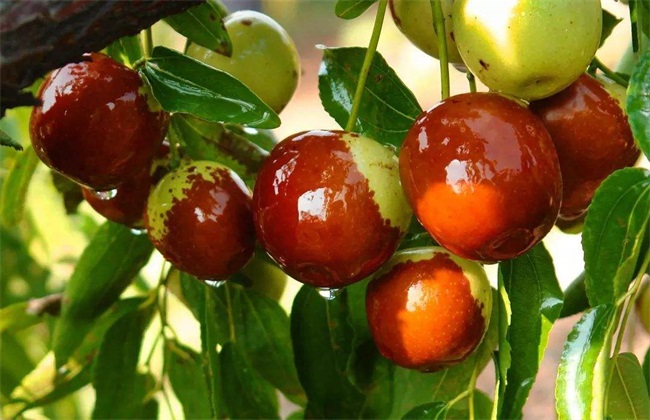Production standard of pollution-free strawberry
As a kind of fruit which is a little expensive and welcomed by many people, strawberry has a very large planting area in our country. Now there are many planting patterns of strawberries, and now a more popular model is pollution-free production, compared with the traditional planting model. Pollution-free strawberries have particularly stringent standards relative to the environment, fertilizers and chemicals. So what are the standards for pollution-free strawberry production? Let's take a look at it together.

1. Environmental standards
When producing pollution-free strawberries, the production base should be in the upwind and upstream waters to ensure that they will not be harmed by pollution. It is also necessary to ensure that there are no pollution sources such as factories, and stay away from urban areas and main roads. And pollution-free strawberries also record a variety of harmful substances such as suspended particulates, fluoride and heavy metals. Whether it is traditional cultivation or pollution-free cultivation, the previous crops of the soil should ensure that they do not have the same diseases and insect pests as strawberries. For example, tomato, eggplant and other crops have common diseases and insect pests with strawberries, so the previous crops in the soil should not be these crops.
When we produce pollution-free strawberries, the shelterbelt is the most likely to be ignored by us. Shelterbelt is of great help to the production of pollution-free strawberries, which can not only resist wind damage, but also improve soil moisture and improve climate. Although it is not necessary to build shelterbelts, they are of great use. Although the construction cost of the shelterbelt is high, we choose some pear trees, peach trees and so on. It can not only play the role of shelterbelt, but also expand the source of economic income.
2. Fertilizer standard
During the growth of strawberries, there is a great demand for fertilizer. Therefore, in order to ensure the high yield of strawberries, fertilization is also essential when producing pollution-free strawberries. However, there are certain requirements for fertilizer, and we should apply sufficient base fertilizer before planting. Do not use nitrate nitrogen fertilizer, hospital feces and rubbish that has not been treated without pollution. Because there is no pollution-free treatment, then there are a lot of harmful substances, and if this kind of fertilizer is applied, it will not be able to meet the requirements of pollution-free.
3. Disinfection standard
Finally, there is the disinfection standard of pollution-free strawberries. In traditional strawberry cultivation, fumigation is the main disinfection method, while chloropicrin and methyl bromide are the main disinfectants. In pollution-free production, it is not suitable to use these two fumigants. To disinfect with sulfur powder at high temperature, first of all, we should use sulfur powder and smoke agent mixed together and wrapped in paper to keep the weight of each packet around 0.3kg. Then the greenhouse film honey powder, raise the greenhouse temperature to about 55 degrees, and then ignite the sulfur powder mixture, and then the operators immediately leave to avoid affecting the human body. Fumigation for about 1-2 days, ventilation, until the smell of the medicine has dissipated.
The above is a brief introduction to the production standards of pollution-free strawberries. That's all for today's introduction. This article is for reference only. I hope it can be helpful to all of you.
Related
- Moge, come on! The staff of the peasant association in the producing area of cantaloupe were frightened when the crowd gathered.
- Causes and Solutions of low Fruit setting rate of Apple
- Symptoms and control measures of passion fruit virus disease
- Fruit growing lesson: how do apple orchards keep high yields?
- Can you build orchards in the mountains? What are the pros and cons?
- How to manage the coloring period of Crisson grape?
- This paper introduces the processing technology of two kinds of fig products.
- How much is a month for retired teachers in rural areas by 2020?
- How can strawberry planting increase sugar content? We should pay attention to management in many aspects.
- What are the cultivation techniques on how to improve the yield of golden fruit?



